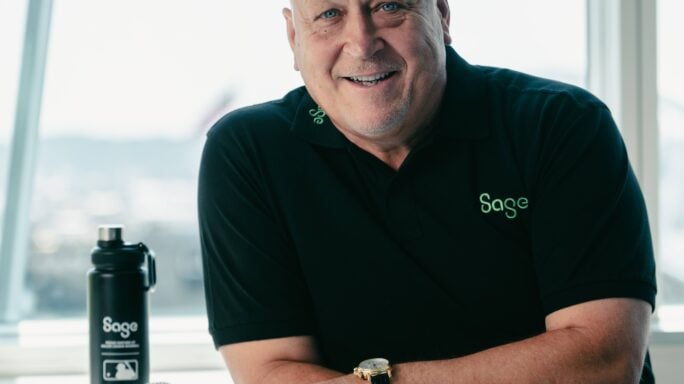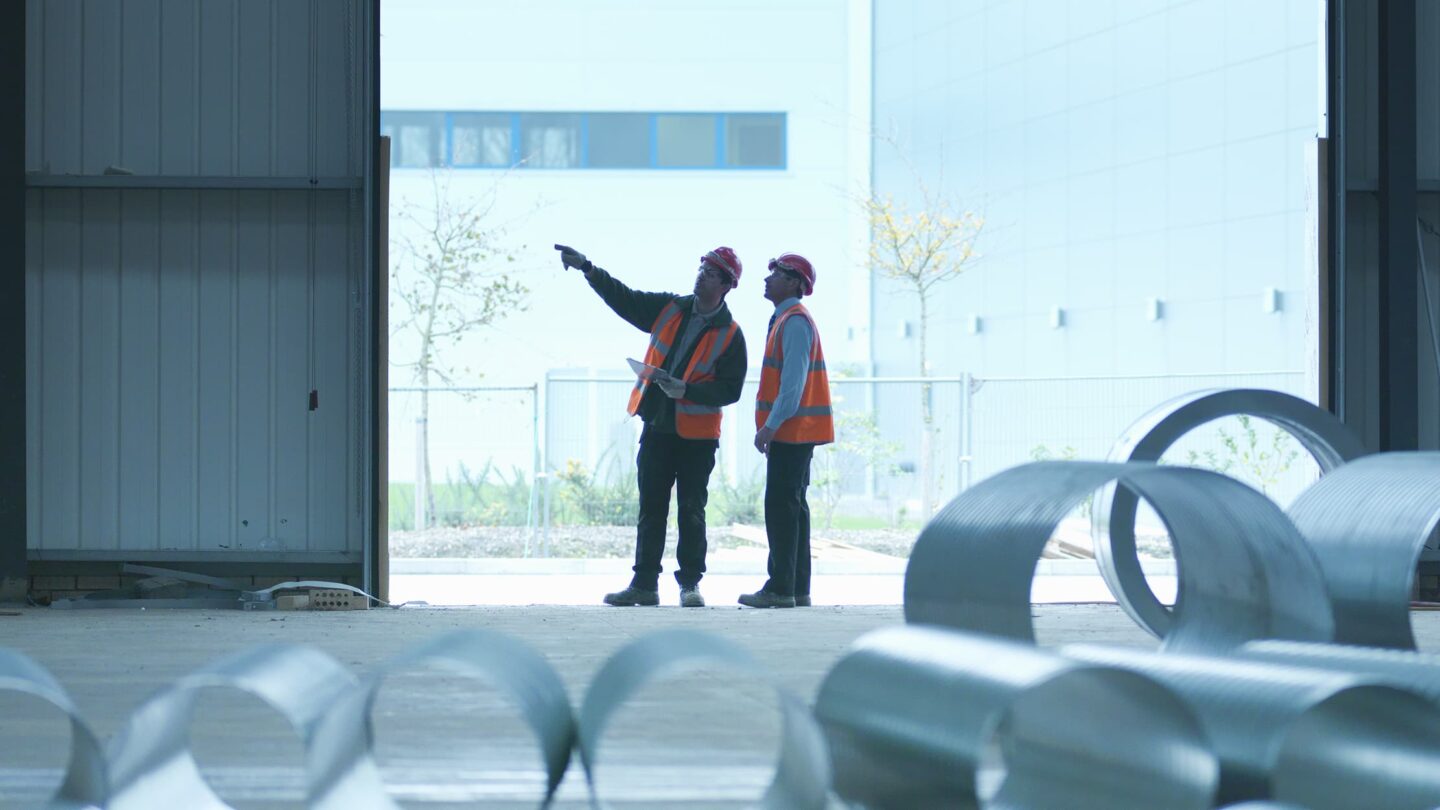People & Leadership
Thinking without the box: Three lessons HR leaders can use to foster innovation and creativity in the workplace
Companies that adapt time and time again are far more likely to thrive and create true innovation. Here’s three lessons for HR and People teams.

“Creativity is intelligence having fun.”
Legend has it that Albert Einstein likely uttered this quote as he was multitasking between finishing the theory of relativity and polishing off a peanut butter and jelly sandwich.
Whatever it was that Einstein may have been doing at the time, he had a point.
Our most beloved and esteemed creatives have changed the world with their innovation and intelligence. Where would we be today without the creative minds of people like Einstein?
Creativity is now, in fact, considered an essential leadership quality by a large percentage of CEOs and is believed to be directly related to nine out of 10 top skills that global executives say are essential for the workforce to survive in 2020 and beyond.
Organizations that fail to grasp the concept of innovation and creativity typically fade away into the annals of time. However, the companies that adapt time and time again like the Coca-Colas and the General Motors of this world are far more likely to thrive.
So, what can HR and People teams do to help encourage innovation and creativity in their businesses? Let’s look at three lessons from organizations who put creativity and innovation at the heart of what they do.
1. Build a thriving company culture centered around freedom and responsibility
Imagine what would happen if you gave your employees more freedom and responsibility to act on ideas that benefitted your organization.
Without the fear of stringent rules and micromanagement your workforce could have more room to truly innovate.
Netflix’s distinctive company culture has made it a Silicon Valley icon. Employees aren’t judged by the number of hours they put in at the office, but by their outstanding accomplishments.
Individual workers who achieve more are rewarded through pay raises and promotions. Those who don’t bring their ‘A’ game are promptly handed a handsome severance package and kindly guided to the nearest exit.
This may sound harsh, but there is method to the madness. Netflix employees who have creative ideas to improve the company are encouraged to form teams with their fellow co-workers, interact with various departments to gather feedback and if their proposals are positively received, drive innovation through to benefit the company.
All ideas are welcome as long as they follow Netflix’s core principles. This is in fact how Netflix have made significant changes to their product, like introducing a section just for kids.
According to Tawni Cranz, the current Chief Talent Officer at Netflix, the company has been able to go through some of it’s most significant evolutions by allowing employees the freedom to be creative and the responsibility to act on this.
2. Hire problem solvers and use failure as a tool
Innovation and creativity will only thrive in the workplace if your employees are willing to take risks.
If you don’t allow your workforce to fail from time to time, you might just kill their desire and drive to think outside of the box and lose out on the possibility of innovative solutions.
Amazon eliminates this fear by accepting failure and building upon incremental improvements over time.
In an interview with Jeff Bezos, the CEO of Amazon, it was revealed that innovation at Amazon starts with the hiring process.
The company specifically seeks out individuals who provide innovative solutions to difficult problems. Though Amazon doesn’t require every employee to be a problem solver, the company is constantly on the hunt for exceptional talent.
Once the right team has been built, Amazon differentiates itself by fully embracing high-judgement failures.
Jeff Bezos has revealed that the vast majority of Amazon’s most innovative successes have come from failing multiple times before approaching the problem from another angle. Therefore, experimentation is highly encouraged.
By adopting this approach, employees will be free to express their creativity despite the possibility of failure – learning and growing all the while.
3. Encourage greater transparency and collaboration
A Stanford study reveals that even the thought of collaborating with other people can lead to an increase in performance. More often than not, the most innovative work environments often promote collaborative efforts.
This is especially the case at HubSpot which supports creativity and innovation through more traditional methods such as education – in the form of classes and external speakers – but also takes a more distinctive approach.
The company has put in place an unusual policy promoting an ‘uncomfortable level of transparency’, allowing employees to join other teams outside of their field of expertise. Their aim is that all employees can gain a unique and in-depth insight about every aspect of the organization.
For example, a marketing expert can join the finance team. An engineer can join the customer service department, etc. In doing so, employees are able to better collaborate across the business and bring a unique and fresh perspective back to their own tasks and projects.
By understanding how other departments approach problems and solutions employees can apply unique and innovative insights to their own daily tasks.
Fostering creativity and innovation in the workplace
If one thing is for certain, Netflix, Amazon, and HubSpot truly understand the necessity of fostering an environment where creativity and innovation can thrive unhindered.
To encourage creativity in the workplace, give employees the freedom and responsibility to be innovative, hire the right people and give them the opportunity to experiment and fail, and promote transparent collaboration across departments.
While new methods and innovations continue to come to the fore, to make this a reality, simply looking to examples set by others may be all that’s needed to spark a change.







Ask the author a question or share your advice